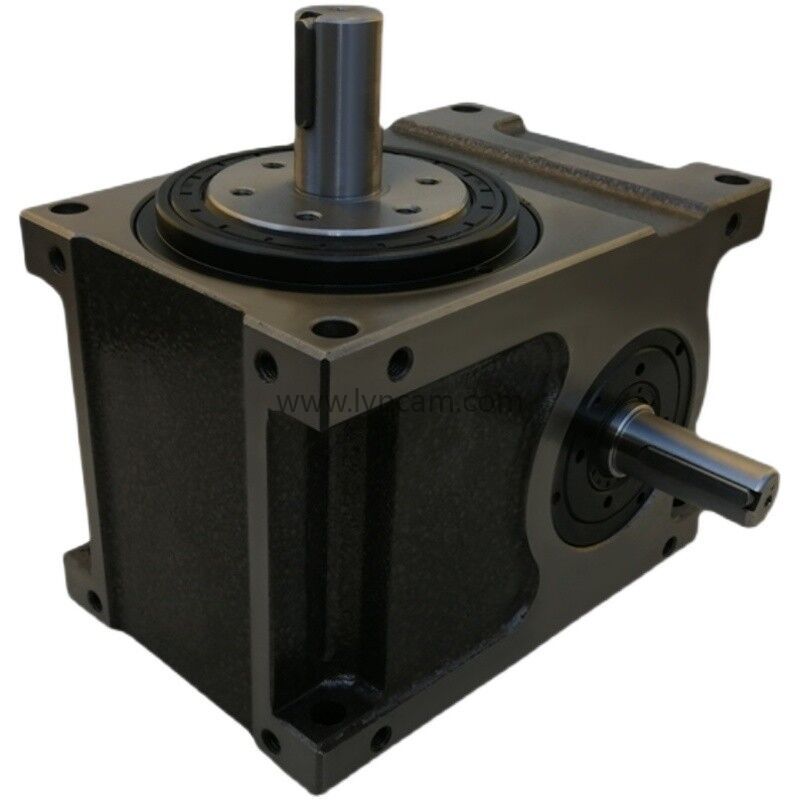
CNC machine tools are indispensable intelligent tools in modern manufacturing. Through precise control systems, they achieve high efficiency and high precision in workpiece processing. CNC devices have diversified functions and are divided into three categories: point control, linear control, and continuous trajectory control. Each control method plays an important role in different fields.
Point control is a simple and practical control method in CNC machine tools. It can accurately move the tool or workbench to a predetermined position to perform fixed-point processing. This control method is suitable for processes that require fine positioning, such as CNC drilling machines, CNC boring machines, and CNC jig boring machines.
Linear control is a control method further developed on the basis of point control. In addition to accurate positioning, it can also control the tool to perform linear cutting between two points at a specified feed rate. CNC milling machines, CNC lathes and CNC grinders all use linear control to achieve processes such as plane milling, stepped shaft turning and grinding.
Continuous trajectory control is the most complex and flexible control method in CNC devices. It can realize joint motion in multiple coordinate directions to meet the needs of complex curve contour processing. CNC milling machines, CNC lathes, CNC grinders and machining centers use continuous trajectory control to control the motion trajectory of the tool through interpolation operations, approach the specified contour curve with the minimum error, and coordinate the motion speed of each coordinate direction to achieve a high-quality cutting process.
Machine tools that use CNC devices for processing can provide high-precision and high-efficiency processing. Through precise control systems, CNC machine tools can accurately position and finely cut, thus meeting the processing needs of various complex workpieces. CNC machine tools are increasingly widely used in the manufacturing industry, making important contributions to improving product quality and production efficiency.
related articles
- 2024 Dragon Boat Festival Holiday Notice
- LN125R roller cam CNC turntable servo turntable real shot
- 180DT-4-270R LVNCAM cam divider real shot
- I wish that spring will be peaceful and prosperous, and that people on earth and in heaven will be safe and sound.
- 2024 Qingming Festival Holiday Notice
- Shandong Luning Precision Machinery Co., Ltd. wishes everyone a happy Lantern Festival.
- 110DT-8-270R-T30 cam divider input shaft extension motor plate
- Spring Festival Holiday Notice-Shandong Luning Precision Machinery Co., Ltd.
- Why are cam dividers so popular in production?
- What should we pay attention to when cleaning and maintaining the cam divider?
- Domestic brand cam dividers: good quality, low price and can meet high requirements
- LN170-36-24S 170 four-axis CNC rotary table four parallel use case
- L80DT-8-LN003 Customer Selection Case
- L60DF-6-LN002 flange type cam divider six positions
- L140DT-6-LN001 Shandong Luning Platform Desktop Intermittent Cam Divider Six-station Large Hollow

